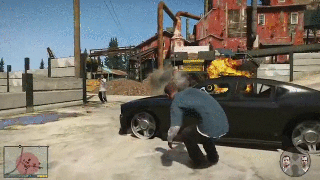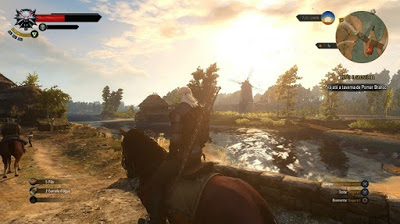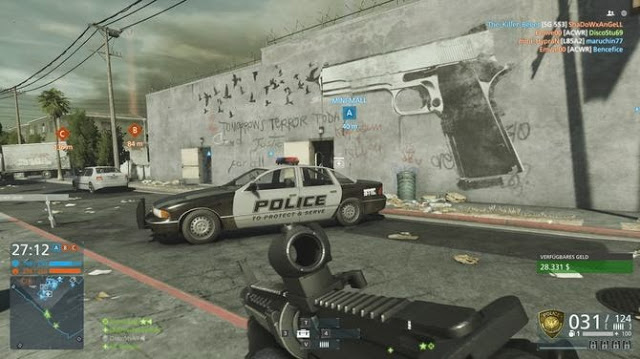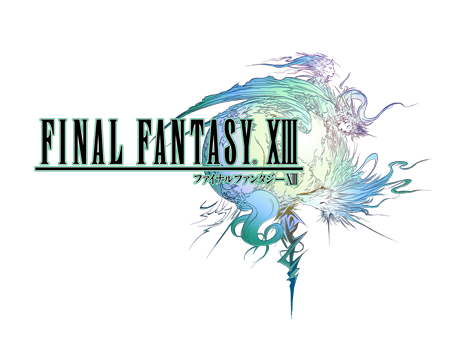

We want to like this game, we really do. Fragile Dreams: Farewell Ruins of the Moon has plenty going for it, after all – and not just a page-occupyingly long name. It’s an eerie, melancholy game world punctuated with moments of subtle beauty that will make you want to hold it tenderly, like a wounded kitten.
But there’s a big problem – it can be deathly dull. Try as we might, there’s no escaping it. Whole swathes of Fragile Dreams, for all its good intentions, are so unremittingly ponderous that you’ll often feel the need to pinch one side of your body, convinced you’ve suffered a mild stroke.
There’s a perpetual tug of war at work here. At one end you have the post-apocalyptic setting, where the lonely Seto, grieving after the death of his grandfather, sets off through derelict wastelands and dilapidated buildings in search of survivors. The world itself somehow manages to hold within it a sense of loss and mystery that few games can hold a candle to. It might not be the most detailed environment we’ve ever explored, but in terms of atmosphere it’s really punching above its weight and is undoubtedly Fragile Dreams’ most memorable achievement.
Unfortunately, yanking aggressively at the other end are the game’s mechanics. It’s a very simple action game at heart. Very simple and very slow. Seto has a number of skills at his disposal – he can use his torch to light his way through the gloomy world, swipe at enemies with the flimsy weapons he comes across, and, barring having to crouch through holes or walk carefully over broken floors, that’s pretty much your lot.
Underneath these tame action aspects lie some shallow RPG elements – inventory management that restricts what you can take with you and EXP from fallen enemies that levels you up and increases your stock of vitality. This side of things proves disappointingly throwaway though, and if it wasn’t for the incidental ‘level up’ chime that you hear from time to time, it turns out to be pretty inconsequential, at least in terms of adding any extra dimension to the experience.
For the most part, then, play involves exploring the small, cordoned-off locales and looking for items and points of interest that might open up the way to the next area. Any ‘action’ comes from battling the ghostly forms and deranged wildlife that frequently cross your path, or participating in surreal little tasks or objectives that crop up intermittently. As each hour passes, however, you’ll feel like all you’ve been doing is trudging from one gloomy corridor to the next and unlocking doors that lead to yet another maze of dim corridors. And all the while you’re wondering when Fragile is going to pick up the pace.




 The Witcher 3 Wild Hunt Guide: How To Get Hairstyles, Beard DLC And Location Of Barber
The Witcher 3 Wild Hunt Guide: How To Get Hairstyles, Beard DLC And Location Of Barber Battlefield - Hardline (PC) beginners guide
Battlefield - Hardline (PC) beginners guide A Girls Guide to Call of Duty: Black Ops II — What You Need to Know Because You Are a Moronic Female
A Girls Guide to Call of Duty: Black Ops II — What You Need to Know Because You Are a Moronic Female Watch Dogs Complete Weapons List including Special Weapons
Watch Dogs Complete Weapons List including Special Weapons Final Fantasy XIII Guide
Final Fantasy XIII Guide